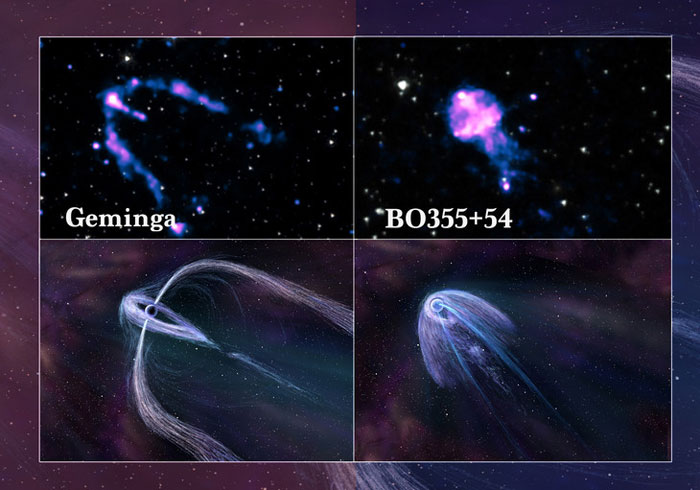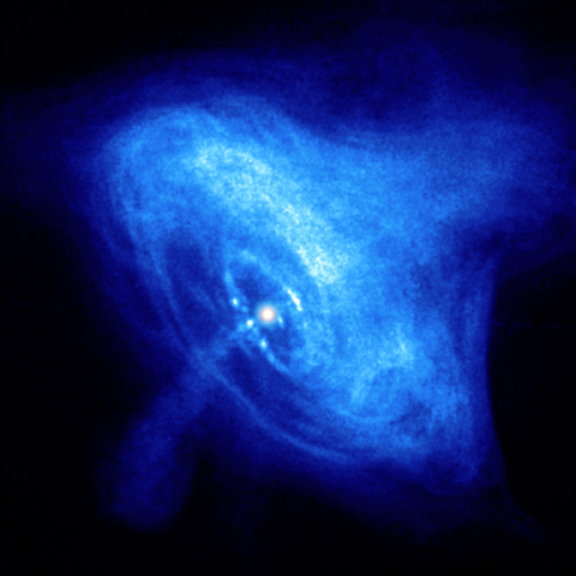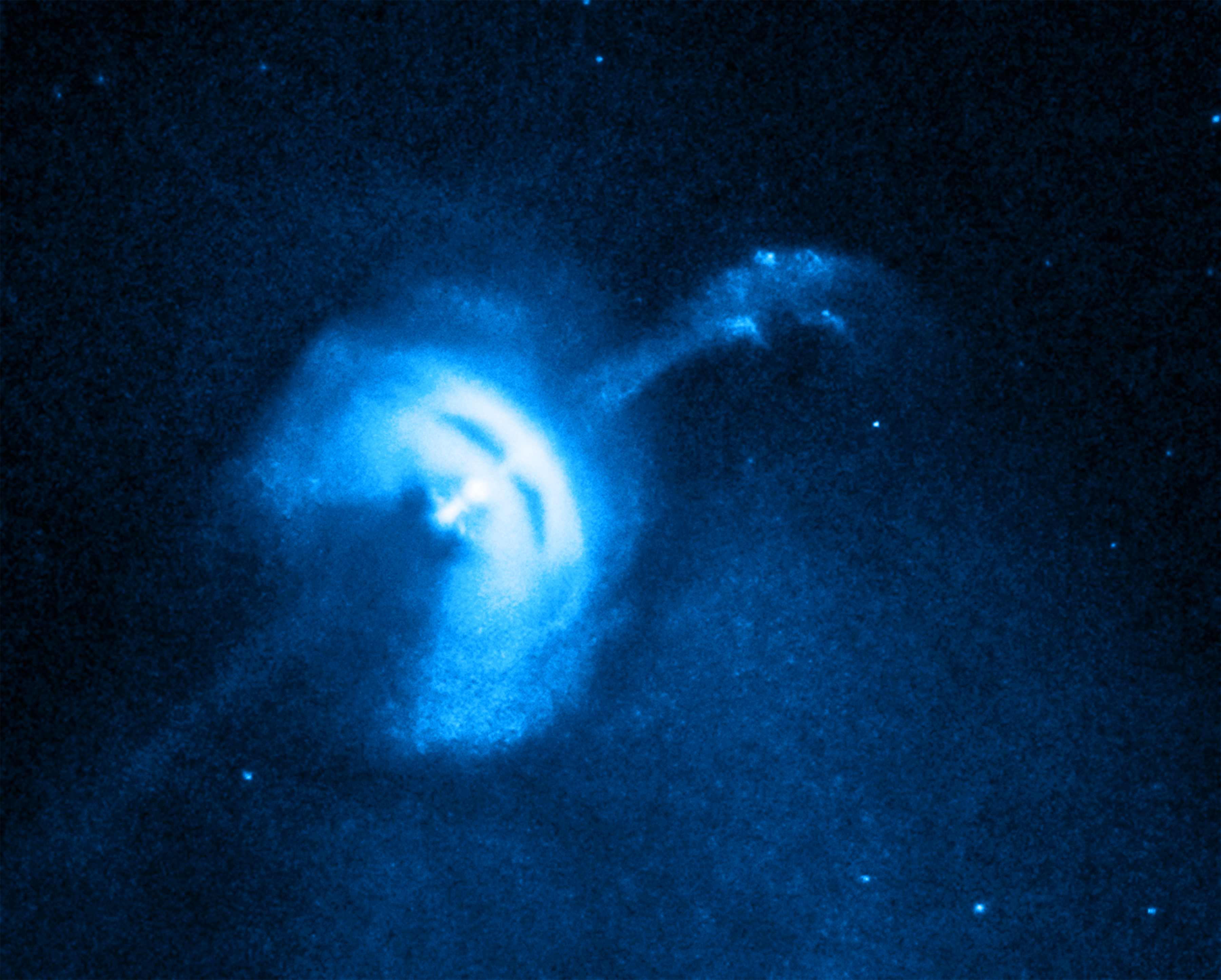btm said:
Do you know what wavelengths those images are from?
Possibly. I’ll check. Chandra images as published are monochrome, but the wavelength from memory is broadband X-ray rather than narrowband.
Highest observational efficiency of Chandra is at 3 to 5 keV. Full range is 0.4 to 10 keV
Translating that as a wavelength, highest efficiency is 0.25 to 0.41 nm. Full range is 0.12 to 3.1 nm.
Comparing that with X-rays in general:
“Most X-rays have a wavelength ranging from 0.01 to 10 nanometers, corresponding to frequencies in the range 30 petahertz to 30 exahertz and energies in the range 100 eV to 100 keV.”
So, pretty middle of the range, as X-rays go.




